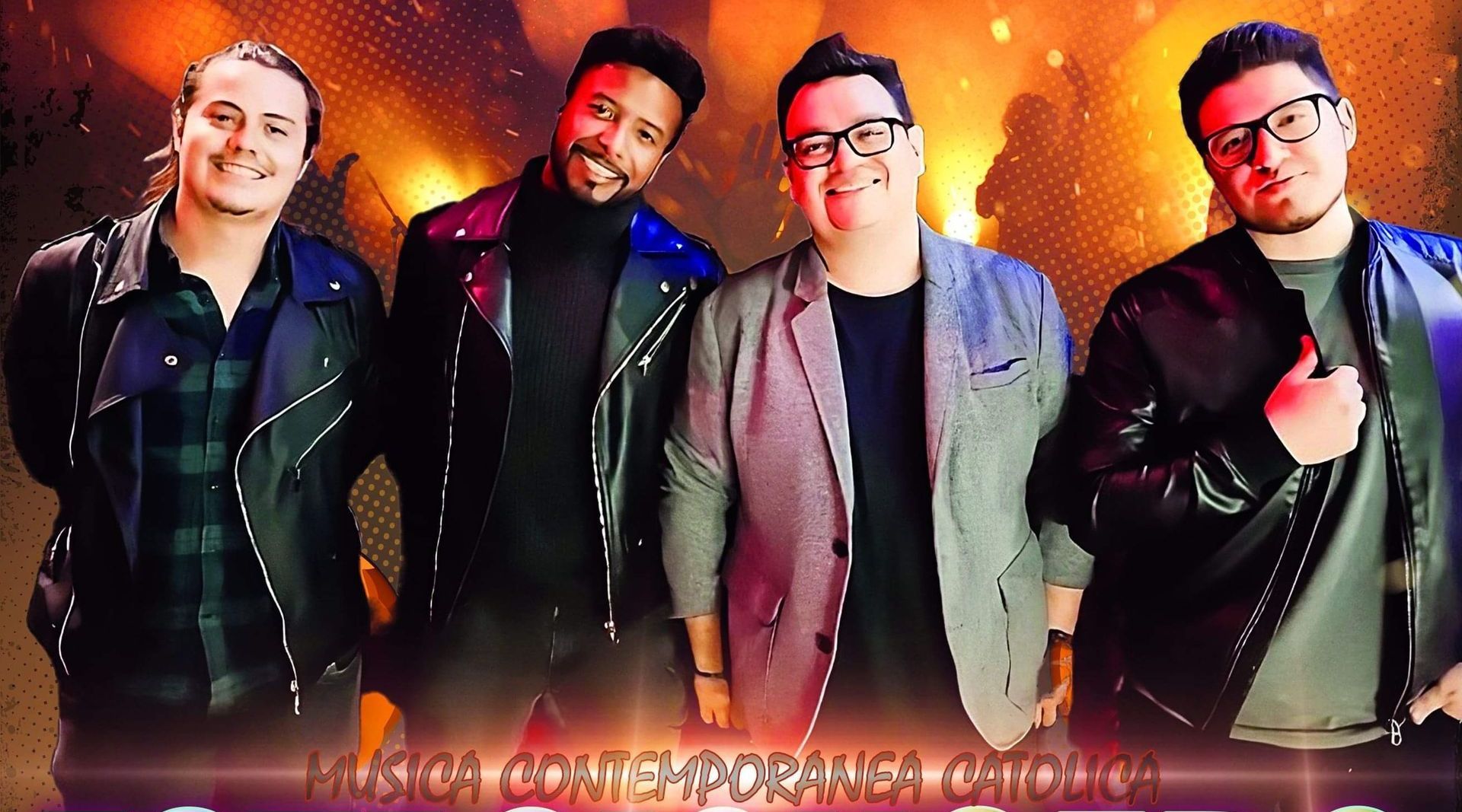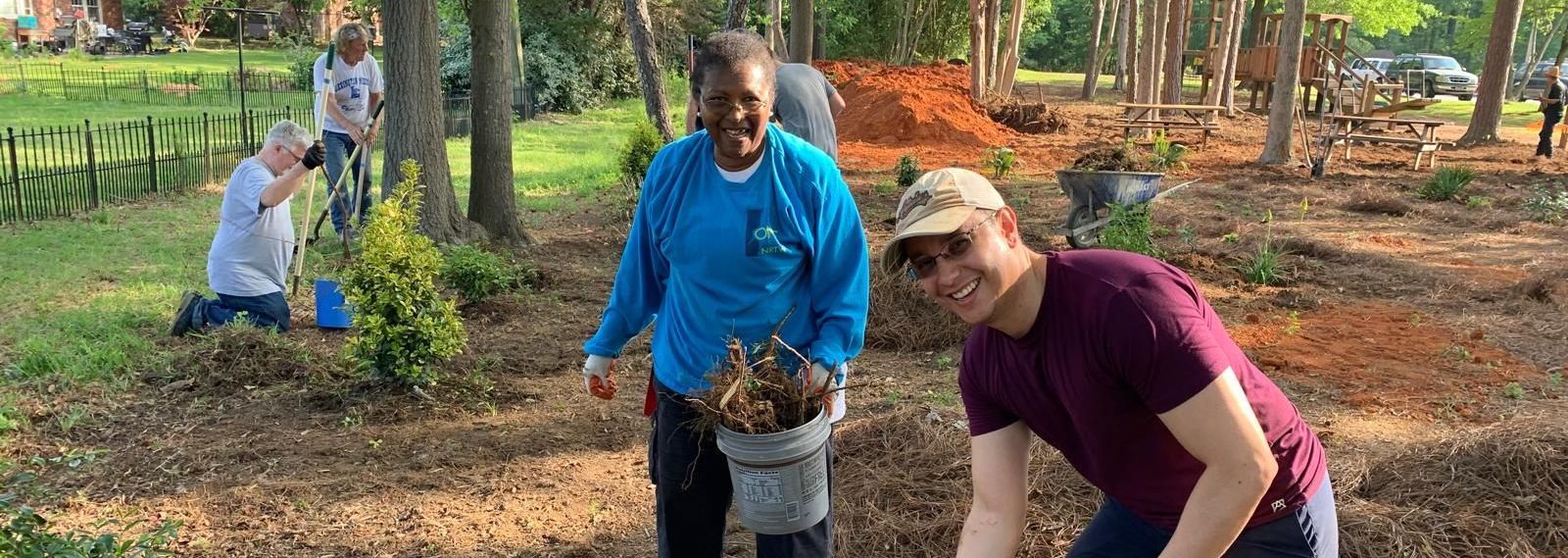The Joy of the Gospel
For All Who Encounter Jesus
“With Christ, joy is constantly born anew."
(Pope Francis, Evangelii Gaudium)
Announcements
Explore the Catholic Faith
Whether you're Catholic and looking to grow in faith and community or if you're just exploring the Catholic Church, we're here to accompany you.
Family Focused
Our parish strives to empower families to live as the domestic Church. Together, we are formed by the Lord in Word and in Sacrament, and then we are sent out on mission to the world.
Latest Stories
Upcoming Events
April 2024
31
8,10, & 12Noon Mass
2pm Spanish Mass
1
6pm OLH Women's Grp
7pm Boy Scouts R218
6:30pm K of C Officers-LB
6PM Sun 10 AM Choir - C
9am Mass
Show All
2
6:30pm Cub Scouts R. 218
7PM Exodus 90 R210
4pm Legion of Mary LB
6:30pm Temas para P&C de Comunidades ClsRms/H
6:30pm Mass
Show All
3
615pm RICA H
615pm LRSS MR
7pm Joyful Noise - CR
1215 pm Mass & OLPH NOVENA
2pm Epiphany Grp R210
6:15pm Religious Education Classes
Show All
4
11am Sts Class Lb
6:30pm Sp Choir CR
6pm & 730pm Diabetes Session H
6:30pm Sp Sat Choir 218
12:15pm Mass
1pm Adoration
Show All
5
EUCH CONGRESS NO ACTIVITIES GYM
6pm Sp ministry Room 206
Eucharist congress Church & Gym
12:15pm Mass C
7pm Asamblea de Oración C
Show All
6
10am MIE Sandwich Ministry H, K
2pm Wedding Contreras C
3pm Divine Mercy Chaplet C
9am 9AM Easter Egg Hunt
10am Eucharistic Congress Mass
3:30pm Confessions
5:30pm Mass
7:30pm SP. MASS
Show All
7
6:30 pm Confirmation Class dwn.
1130AM RCIA Room 105
9AM Scripture Study LB
Coffee & Doughnuts At after 10am mass
10AM Clase Matrimonial Rm218
8,10, & 12Noon Mass
6pm Rel Ed Classes Cls
12N Choir CR 10:30am
12N Ruiz/Guzman Bap
2pm Spanish Mass
Show All
8
12:15pm Mass
7pm Boy Scouts R218
6pm Finance Council Lb
Olh Women's Grp AT
7PM Knights Member Mtg - H
6PM Sun 10 AM Choir - C
Show All
9
6:30pm Cub Scouts R. 218
7PM Exodus 90 R210
4pm Legion of Mary LB
6:30pm Temas para P&C de Comunidades ClsRms/H
6:30pm Mass
Show All
10
615pm RICA H
615pm LRSS MR
7pm Joyful Noise - CR
1215 pm Mass & OLPH NOVENA
2pm Epiphany Grp R210
6:15pm Religious Education Classes
Show All
11
Men's Cursillo All Down.
11am Sts Class Lb
6:30pm Sp Choir CR
6pm & 730pm Diabetes Session AT
6:30pm Sp Sat Choir 218
6pm Baptism Class-LB
12:15pm Mass
1pm Adoration
Show All
12
6pm Sp ministry Room 206
6:30 PM Clase Bautismal MR
12:15pm Mass C
Show All
13
3 pm Rosary Makers - MR
Women's Grp Craft & Bake sale all masses
CURSILLO - CLS 210
9am 1st Comm. Ret. (All upstairs)and Church
1030am 3rd Order Franciscans R218, & Atrium
8am 1st Eucharist Retreat
3:30pm Confessions
5:30pm Mass
7:30pm SP. MASS
Show All
14
6:30 pm Confirmation Class dwn.
1130AM RCIA Room 105
8am Cardinal Newmann G
9AM Scripture Study LB
Coffee & Doughnuts At after 10am mass
8,10, & 12Noon Mass
6pm Rel Ed Classes Cls
12N Choir CR 10:30am
2pm Spanish Mass
Show All
15
12:15pm Mass
6:30PM K OF C H
6pm Pastoral Council LB
6PM Sun 10 AM Choir - C
8am Cardinal Newman
Show All
16
6:30pm Temas para P&C de Comunidades
6:30pm St. Vincent de Paul
6:30pm Mass
6:30pm Cub Scouts
7pm Saturday Spanish Choir Rehearsal
7pm Exodus 90
Show All
17
12:15pm Mass
12:45pm Our Lady of Perpetual Help Devotion
2pm Dee Wright Funeral
2pm Epiphany Bible Study
3pm Dee Wright Funeral Reception
6:15pm Religious Education Classes
6:15pm Spanish RCIA (RICA)
6:15pm Little Rock Scripture Study
7pm Joyful Noise Practice
Show All
18
12:15pm Mass
12:45pm Eucharistic Adoration
6pm Spanish Ministry R. 210
6pm Diabetes Session
6:30pm Spanish Choir Practice
7:30pm Diabetes Session
Show All
19
10:30am Snyder Funeral
11:30am Snyder Funeral Luncheon
12:15pm Mass
6pm Spanish Ministry
Show All
20
8am Deacon Education Classes
1pm Quinceañera
3:30pm Confessions
5:30pm Mass
7:30pm Spanish Mass
Show All
21
8am Fundraiser: Youth Group Washes Windshields: All SundayMasses
8am Mass
9am Scripture Study
10am Mass
10:30am Choir Practice for 12pm Mass
11am Coffee & Doughnuts
11am Spanish Baptisms
11:30am RCIA
12pm Mass with First Communion
2pm Spanish Mass
6pm Religious Education Classes
6:30pm Confirmation Class
Show All
22
12:15pm Mass
1pm Threads of Love
6pm Patron St. planning Library
6pm Sun 10 AM Choir Practice
Show All
23
6:30pm Temas para P&C de Comunidades ClsRms/H
6:30pm Mass
6:30pm Cub Scouts
7pm Exodus 90
Show All
24
12:15pm Mass
12:45pm Our Lady of Perpetual Help Devotion
2pm Epiphany Bible Study
6:15pm Spanish RCIA (RICA)
6:15pm Little Rock Scripture Study
7pm Joyful Noise Practice
Show All
25
Women's Cusillo All Down
12:15pm Mass
12:45pm Eucharistic Adoration
6pm Diabetes Session 6pm - 9pm Atrium
6:30pm Spanish Choir Practice
Show All
26
12:15pm Mass
6pm Spanish Ministry
27
8am St V de Paul district Mtg At
9AM Cursillo SOL R218
3:30pm Confessions
5:30pm Mass
7:30pm Spanish Mass
Show All
28
8am Mass
9am Scripture Study
10am Mass
10:30am Choir Practice for 12pm Mass
11am Coffee & Doughnuts
2pm Spanish Mass
6pm Religious Education Classes
6:30pm Confirmation Class
Show All
29
Cub Scouts Pinewood derby G
12:15pm Mass
6pm Sun 10 AM Choir Practice
Show All
30
3pm Welcome Comm. room 218
6:30pm Temas para P&C de Comunidades
6:30pm Mass
6:30pm Cub Scouts
7pm Exodus 90
Show All
1
12:15pm Mass
12:45pm Our Lady of Perpetual Help Devotion
2pm Epiphany Bible Study
6:30pm Town Hall
7pm Joyful Noise Practice
Show All
2
12:15pm Mass
12:45pm Eucharistic Adoration
6pm Diabetes Session
6:30pm Spanish Choir Practice
7:30pm Diabetes Session
Show All
3
12:15pm Mass
6pm Spanish Ministry
6:30pm Town Hall Church
7pm Asamblea de Oración C
Show All
4
May Crowning All Masses
Youth Group WIndshields all Masses(rain date)
10am MIE Sandwich Ministry H,K
Deacon Day Cls up, H & Gym,K
3pm Divine Mercy Chaplet C
9 am Mass - C
3:30pm Confessions
5:30pm Mass
7:30pm Spanish Mass
Show All
Our Lady of the Hills Catholic Church
120 Marydale Lane
Columbia, SC 29210
oloh@sc.rr.com
(803) 772-7400
Mass Times
- Saturday 5:30pm (Vigil Mass)
- Saturday 7:30pm (Vigil Mass in Spanish)
- Sunday 8am, 10am, 12pm
- Sunday 2pm (Spanish)
- Monday, Wednesday, Thursday, Friday: 12:15pm
- Tuesday: 6:30pm (Spanish)
- First Saturdays: 9am
Confession Times
- Sunday 1:15pm — 1:45pm
- Thursday 7:30pm — 9pm
- Saturday 3:30pm — 5pm
- Or by appointment








